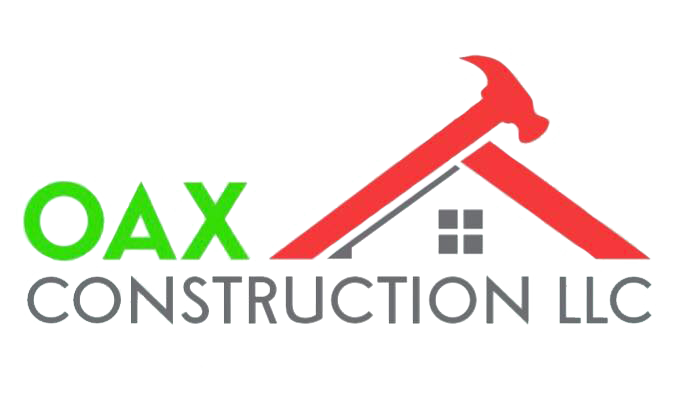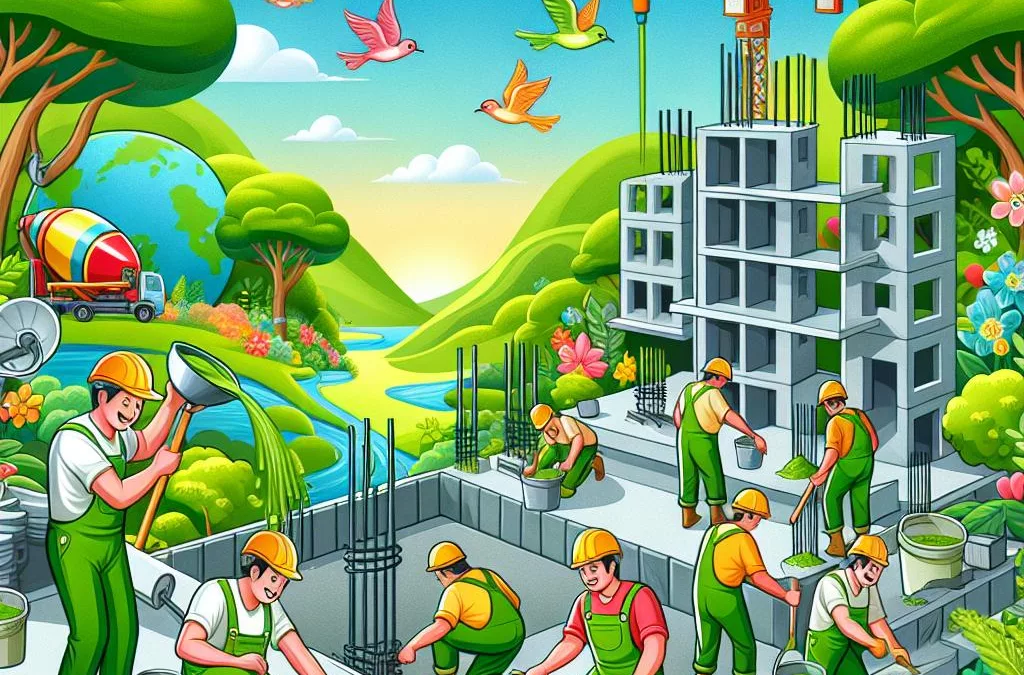Eco-Friendly Cement Choices for Sustainable Construction
The construction industry is at a pivotal point as sustainability becomes a pressing concern for builders and consumers alike. With rising environmental awareness, eco-friendly cement alternatives are gaining traction as pivotal players in the quest for greener building practices.
Understanding Sustainable Construction
Sustainable construction aims to reduce the environmental impact of building processes. One crucial aspect is choosing materials with a minimal carbon footprint, which is where eco-friendly cement comes into play.
The Environmental Impact of Traditional Concrete
Traditional concrete production is a significant source of CO2 emissions, contributing massively to climate change. It’s an energy-intensive process that also entails resource depletion and waste management challenges. With growing demand for infrastructure, the environmental cost is increasing, necessitating alternative solutions.
Eco-Friendly Cement Alternatives
Several innovative materials are emerging as substitutes for conventional cement. These alternatives, such as Eco Cement, AshCrete, and Hempcrete, among others, not only lower carbon emissions but also offer unique benefits.
Eco Cement
Eco Cement, often referred to as Microcement, is a versatile option that boasts benefits such as increased durability and lower maintenance. It adheres to sustainability certifications and offers easy installation processes with minimal environmental disruption.
AshCrete
AshCrete utilizes recycled fly ash, a by-product of coal combustion, reducing the use of virgin materials. This material is beneficial due to its durability and eco-friendliness, significantly cutting down on environmental impact.
Hempcrete
An innovative blend of hemp fibers and lime, Hempcrete is notable for its excellent insulation properties and ability to sequester carbon, making it a favorite in sustainable construction projects.
Comparison and Future Outlook
As the market for sustainable materials grows, so does the variety of options. Comparisons often focus on factors like cost, availability, and environmental impact, guiding consumers in making informed choices.
The future of construction lies heavily in sustainable practices, with eco-friendly cement alternatives paving the way. Increased adoption of these materials not only aids in environmental conservation but also meets the increasing consumer demand for green building solutions.
In conclusion, as the construction industry evolves, adopting eco-friendly cement alternatives will prove crucial in achieving a sustainably built environment.

